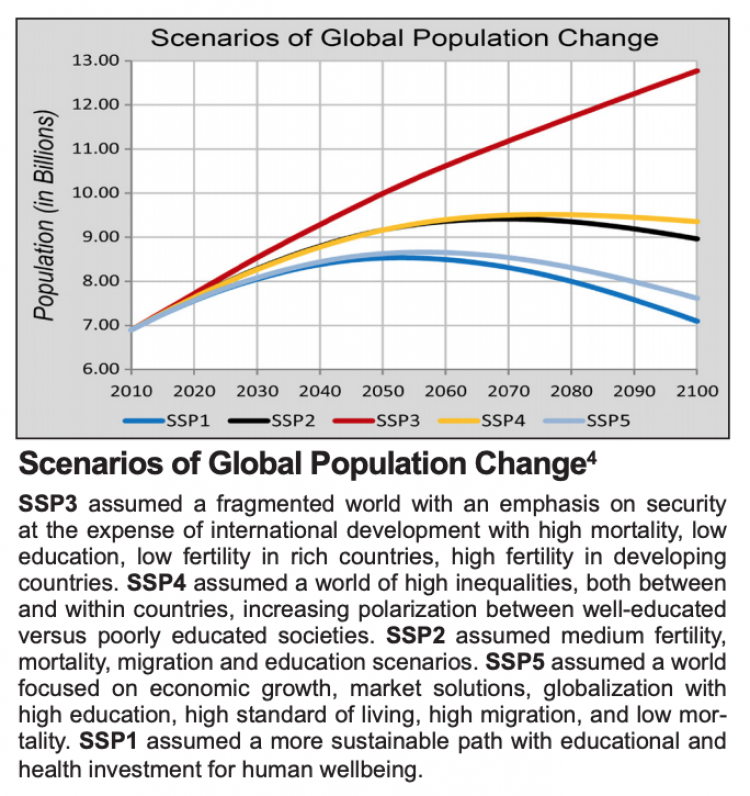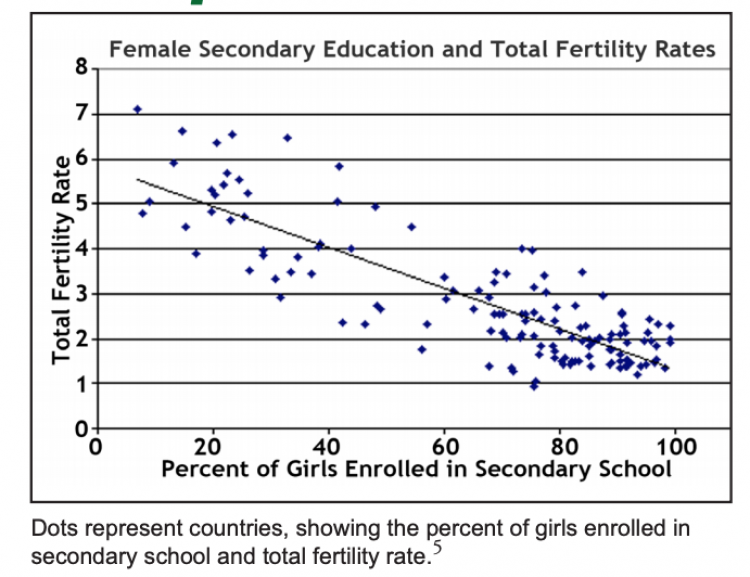Empowering Women: The Link to Population

This article was created by QEW’s Population Working Group and is part of our “Pamphlets for Sharing” series, reflections on important topics researched, written, and edited using Quaker discernment and decision-making. We hope you use them as an educational tool with your community. Download the PDF here or order print copies by emailing info@quakerearthcare.org.
“Strengthen the female mind by enlarging it, and there will be an end to blind obedience.” – Mary Wollstonecraft, 1792. A Vindication of the Rights of Woman
Women’s empowerment happens when women and girls are free to control their own lives, to exercise their rights, to be equal members of society. While there has been some progress for women around the world, gaps in critical areas remain in many countries, according to the Population Reference Bureau in its 2015 World Population Data Sheet, which had a “special focus on women’s empowerment.”(1)
HEALTHCARE DECISION-MAKING GAP
When women have control over decisions about their own healthcare, their health is much improved. In some countries women have gained empowerment, like Nepal where from 2001 to 2011 the percentage of women who reported making decisions on their own healthcare went from 27 percent to 66 percent. But in Mali in 2013 only 15 percent of women reported making choices over their own health.(1)
EARNING GAP
There is still an earning gap in the U.S. In 2013 women were earning 79 percent of what men earned doing the same job, which is not much improvement since it was 71 percent twenty years earlier. (1)
EQUALITY AND POPULATION
Friends’ testimony on Equality leads us to advocate for empowerment of women, and in the process, we address our concern about the unprecedented rapid increase in human population. The world population has increased from 2.5 billion in 1950 to 7.4 billion in 2016.
WOMEN’S EDUCATION IS IMPORTANT
When women and girls have options for their lives, they have fewer children and have them at the stages of their lives when they can more effectively care for them. “Secondary education increases people’s capacity and motivation to reduce their own fertility, improve the survival of their children, and care for their own and their families’ health.” (2)
Already today Ethiopian women with secondary education have on average 1.6 children, compared to women with no education who have on average 6 children. (3)
Countries with higher female secondary school enrollment have lower average fertility, as the figure to the right shows.
Because education of girls is such a strong factor in influencing the number of children they will have, scenarios that take into consideration increasing education of girls show a significantly lower global population by 2100.
POVERTY AND GIRLS’ EDUCATION
Poverty is often associated with families having many children, which traps them in a vicious cycle leading their children into poverty. The best way to pull families out of that trap is to ensure that the girls are given secondary education, which results in their empowerment.
FAMILY PLANNING SERVICES EMPOWER WOMEN
When safe and effective family planning services are available to all, experience shows that average family size falls, pregnancies occur at more optimal times in women’s lives, and mothers and children are healthier.6 In several sub-Saharan African countries, school programs that teach pregnancy prevention and allow pregnant girls to remain in school resulted in much lower drop-out rates than without the programs.7 In the U.S., girls are less likely to drop out of high school if they live near a Planned Parenthood clinic. (8)
CHILD MARRIAGE
Among its other work on critical health issues, the Population Council endeavors to empower girls to protect themselves and have a say in their own lives. The Council has several programs in sub-Saharan Africa focusing on the age at which girls get married, reporting that 10 percent are married before the age of 15 years and 40 percent before the age of 18 years. This results in fewer educational opportunities, and more likelihood of domestic violence and sexually transmitted infections, including HIV. (9)
It is important to understand the economics of these culturally sensitive issues. Child marriage is a response to poverty, as well as a matter of cultural tradition. The Population Council’s intervention strategies that substantially reduce child marriage and keep girls in school include:
- Providing educational support, such as school lunches and school supplies, in Ethiopia resulted in girls aged 12–14 being 94 percent less likely to be married compared to those without such support.
- Providing two chickens for every year a girl 15-17 stays in school in Ethiopia resulted in girls being half as likely to be married, while in Tanzania providing goats for girls remaining unmarried resulted in girls 15-17 being two-thirds less likely to be married than those not receiving the incentives.
- Providing community education on the value of educating girls and the harm caused by child marriage in Bangladesh resulted in girls 12 –14 being two-thirds less likely to be married than those in a control group.(9)

EMPOWERING MIGRANT GIRLS
Teen-aged girls sometimes migrate to cities where they might have opportunities to go to school and work that they would not have in their home communities. If they are successful in the city and return to their community, they attain a higher status and increase the perception of the value of girls to the community. For migrating girls to be successful, they need preparation before they leave, safe means of travel, employment, housing, and other services in cities. Without support, girls may be subject to abusive or exploitative situations. In some countries where public awareness of human trafficking has increased, such support is available. (10)
WHAT CAN FRIENDS DO?
- Join the Population Working Group of Quaker Earthcare Witness (QEW) and support QEW’s efforts and publications on population.
Support Quaker organizations providing reproductive health services - Support the Population Council and other organizations working to decrease child marriage and to improve women’s reproductive health, including family planning and HIV prevention.
Support Planned Parenthood (12) and other organizations providing reproductive health services.
Support Right Sharing of World Resources (13) and other organizations providing micro-credit as economic opportunity for women.

ENDNOTES
1) Population Reference Bureau. 2015 World Population Data Sheet with a special focus on women’s empowerment <prb.org/pdf15/2015-world-population-data-sheet_eng.pdf>.
2) Jejeebhoy, Shireen J., 1995. Women’s Education, Autonomy and Reproductive Behaviours: Experience from Developing Countries. Oxford: Clarendon Press; and Connor, Steve, 2008. Educate girls to stop population soaring. Independent 4 December 2008 <independent.co.uk/news/education/education-news/educate-girls-to-stop-population-soaring-1050580.html>.
3) Samir, K.C., 2015. Population: How Many People Will Live in Africa in 2100? Global HotSpots <theglobalist.com/africa-population-fertility-rate>.
4) Samir, K.C., and Wolfgang Lutz, 2014. The Human Core of the Shared Socioeconomic Pathways: Population Scenarios by Age, Sex and Level of Education for All Countries to 2100. Global Environmental Change <sciencedirect.com/science/article/pii/S0959378014001095>.
5) Reading, Brigid Fitzgerald, 2011. Education Leads to Lower Fertility and Increased Prosperity. Earth Policy Institute <earth-policy.org/data_highlights/2011/highlights13>.
6) Worldwatch Institute and Population Reference Bureau. 2014. Making the Connection: Population Dynamics and Climate Compatible Development <worldwatch.org/system/files/14-662%20PRB%20FactSheet%20-%20PopClimate_FINAL_WEB.pdf>.
7) Population Council, 2015. Early and Unintended Pregnancy: Impact on Education Opportunities for Adolescent Girls in sub-Saharan Africa Population Briefs December 2015, pp. 6-7 <popcouncil.org/uploads/pdfs/2015_PopulationBriefs_21.3.pdf>.
8) Hicks-Courant, Katherine and Aaron Schwartz, 2016. Local Access to Family Planning Services and Female High School Dropout Rates. <journals.lww.com/greenjournal/Abstract/publishahead/Local_Access_to_Family_Planning_Services_and.98801.aspx>.
9) Population Council, 2015. Child Marriage Prevention and Supporting Married Girls. <givepc.convio.net/site/R?i=KrPzz8RtDEdO_jWQ6f8RZg>
10) Population Council, 2013. Understanding and Empowering Migrating Girls <popcouncil.org/news/understanding-and-empowering-migrant-girls>.
11) Pro-Nica <pronica.org>.
12) Planned Parenthood <plannedparenthood.org>.
13) Right Sharing of World Resources <rswr.org>


